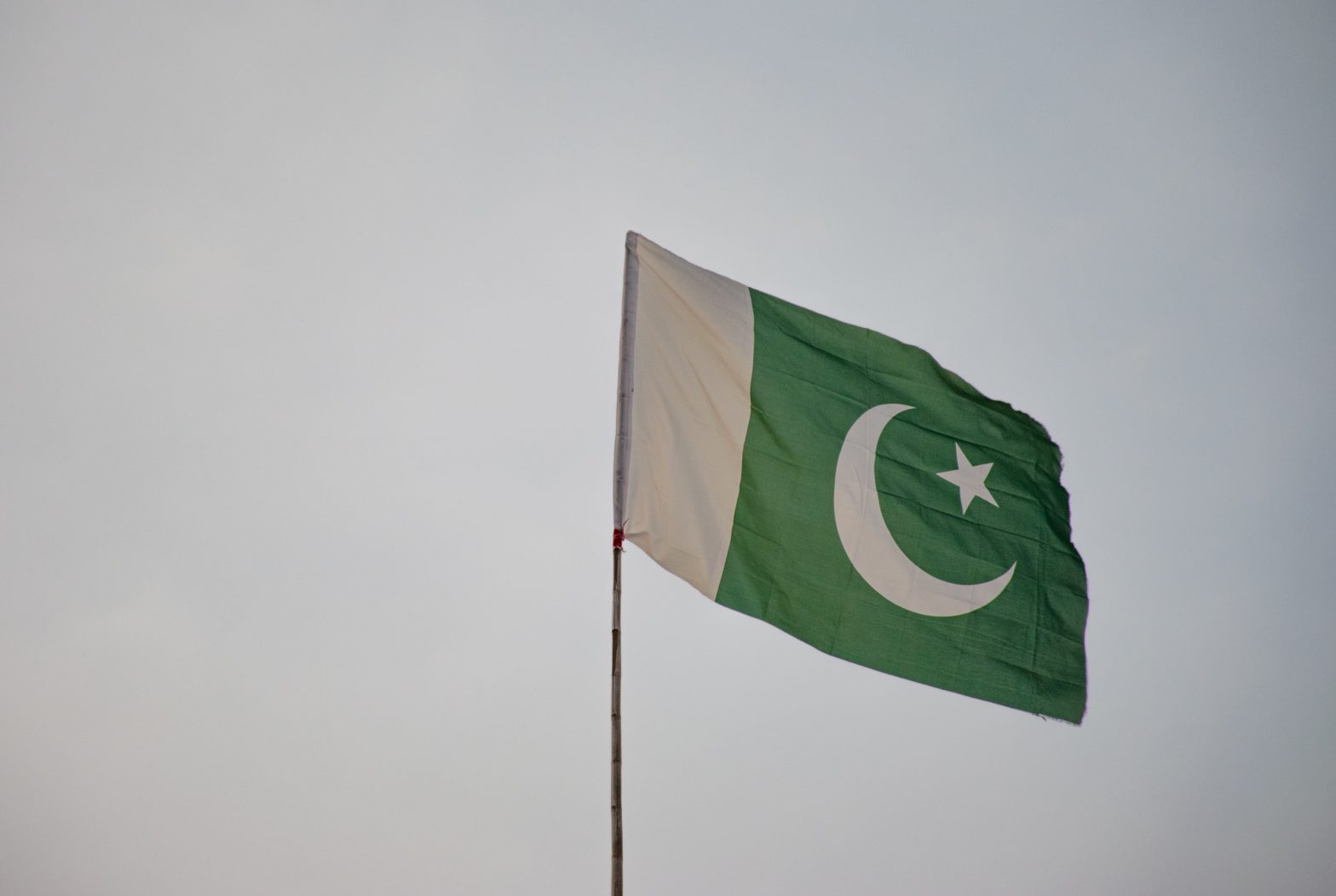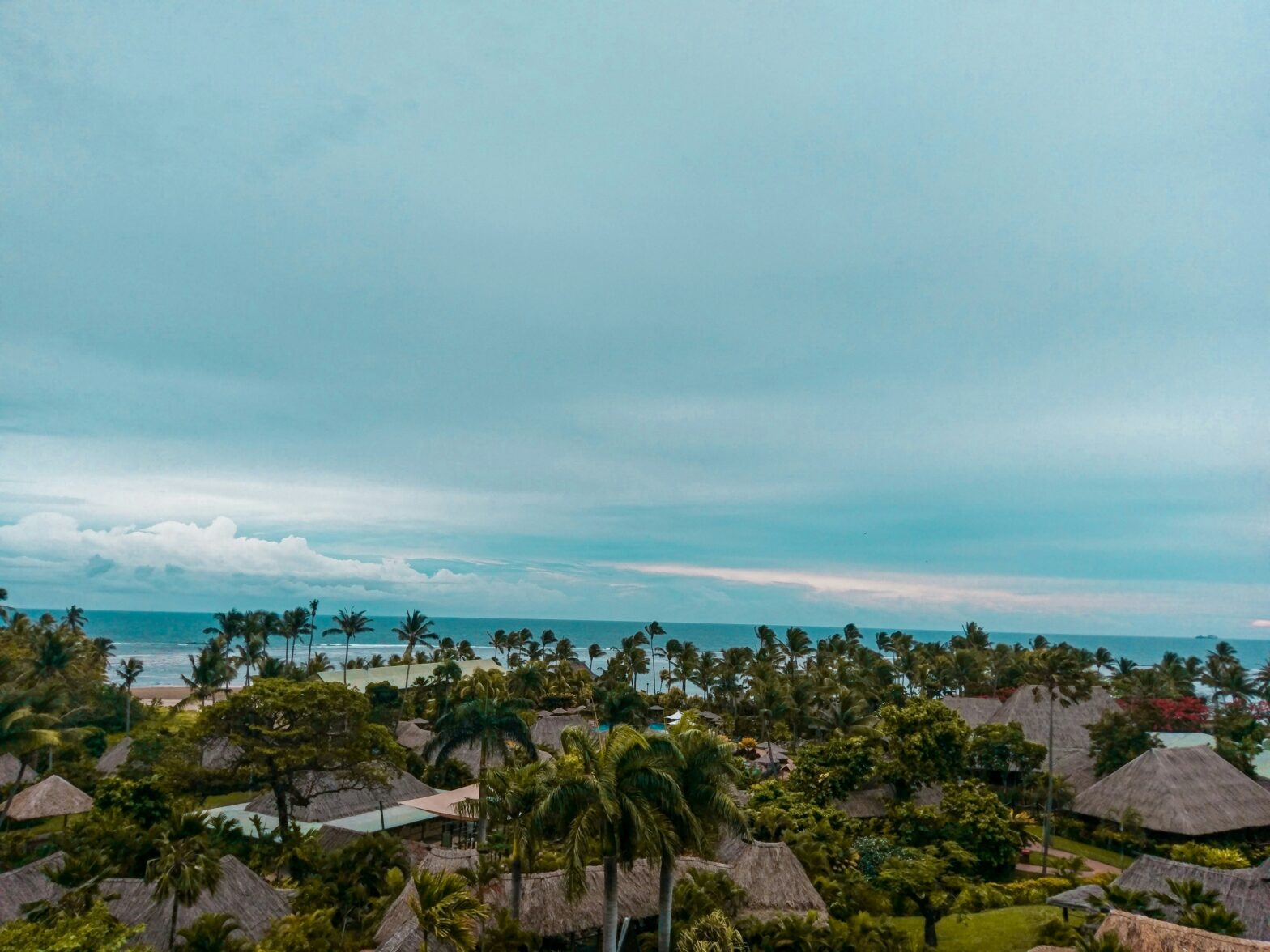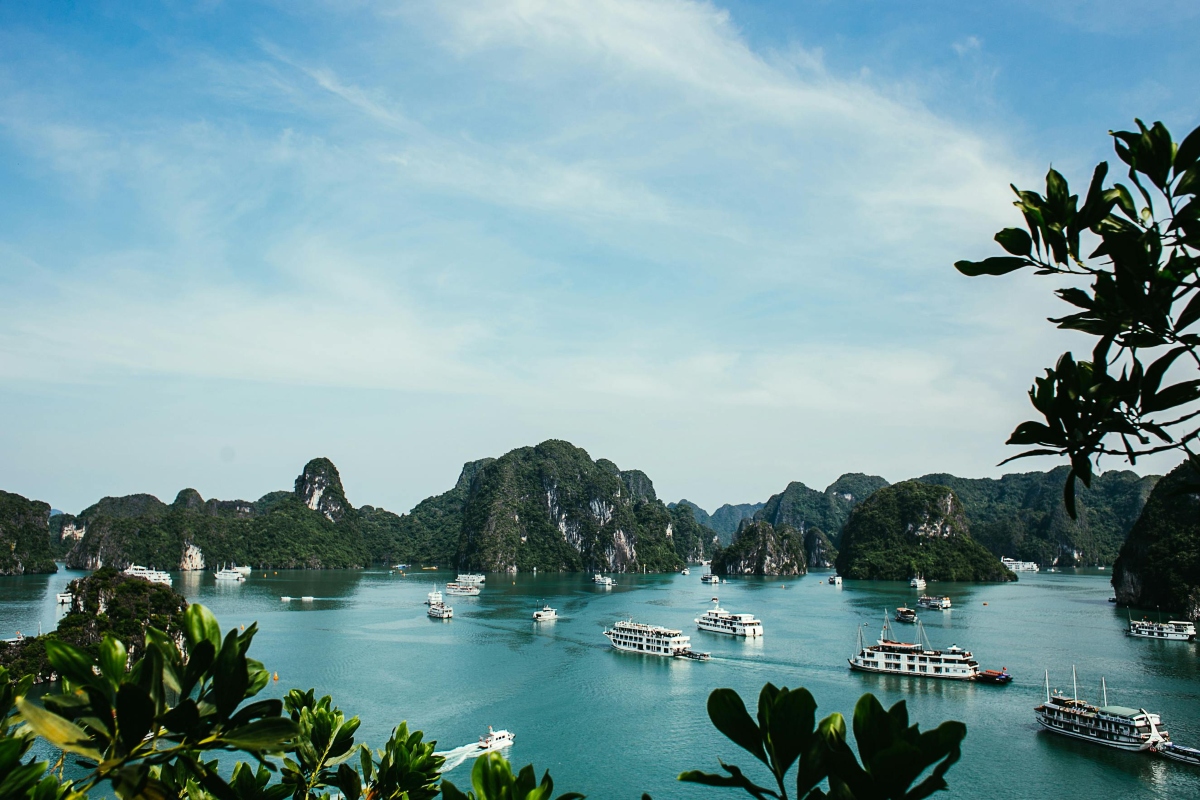Climate change has been brutal to Pakistan and brought about killer floods this summer. The most recent casualty is Moenjodaro, an archaeological site in the Indus River Valley. This UNESCO heritage treasure is approximately 300 miles outside of Karachi.
CNN reports “it was built in the Bronze Age, some 5,000 years ago.”
A letter penned by the Cultural Tourism, & Antiquities Department (of Singh state) explained the damage. Not only did monsoons contribute to it, but melting glaciers as well.
“We witnessed the mass destruction at the site,” it read. “On humanitarian grounds, we gave them (the displaced) shelter in our quarters, parking areas, shops and ground floor of the museum.”
Teams of experts have been trying to prevent further flood damage. The letter mentions, “bringing in water pumps, repairing brickwork and cleaning drains.”
Unfortunately the damage is both extensive and expensive. It’ll cost upwards of “100 million Pakistani rupees,” the equivalent of $45 million USD for repair work.
UNESCO has pledged “$350,000 for damaged historic sites in Pakistan.” That’s not even close to the figure hoped for, but CNN explains “it will pay for urgent work while both UNESCO and the Cultural, Tourism, & Antiquities Department consider the best way forward.”
When Moenjodaro was in its prime, evidence points to it being quite advanced. It had public baths, markets and even a functioning sewage system.
With all the water damage, there’s a chance of Moenjodaro being added to UNESCO’s list of endangered sites. If so, it’ll join the likes of Everglades National Park in Florida and Liverpool in northern England.
According to BBC, “record monsoons have inundated swathes of Pakistan.” The publication also notes that “33 million people have been affected and at least 1,343 deaths have occurred, according to Pakistan’s National Disaster Management Agency.”





